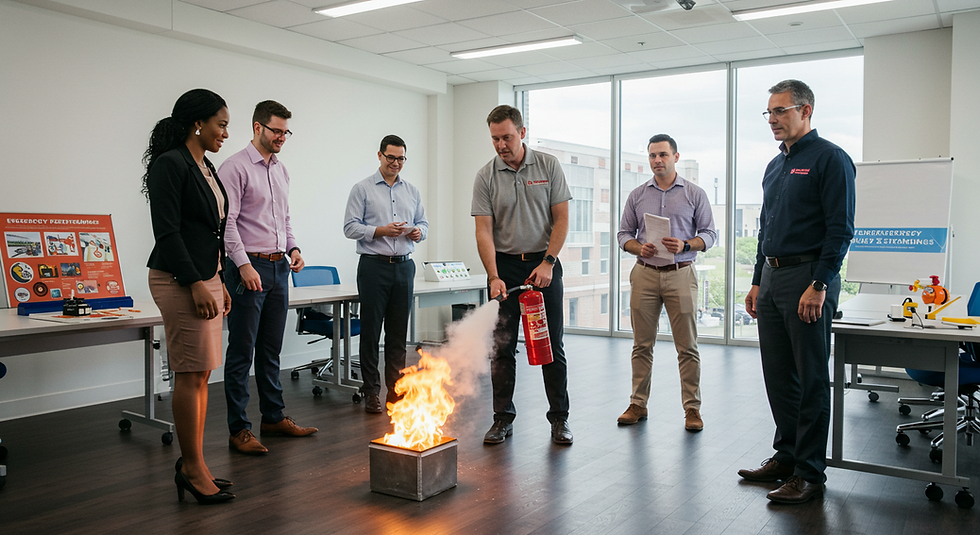The Difference Between Emergency Operations Plans (EOPs) and Continuity of Operations Plans (COOPs)
- CrisisWire

- Sep 20
- 2 min read
Why Both Plans Matter
When a crisis strikes, organizations need two things: an immediate response strategy and a long-term continuity plan. That’s where Emergency Operations Plans (EOPs) and Continuity of Operations Plans (COOPs) come in. Though often confused, they serve different — and equally critical — purposes.
What is an Emergency Operations Plan (EOP)?
An Emergency Operations Plan is designed to guide an organization during an immediate emergency. FEMA defines it as a plan that outlines roles, responsibilities, and procedures for responding to incidents such as:
Natural disasters (hurricanes, floods, wildfires)
Human-caused events (active shooter, terrorism, cyberattacks)
Health emergencies (pandemics, disease outbreaks)
Key Elements of an EOP:
Incident Command System (ICS) integration
Communication protocols
Evacuation and shelter-in-place procedures
Resource allocation and logistics
📌 Example: A university’s hurricane EOP would outline how to evacuate students, protect assets, and communicate with parents.

What is a Continuity of Operations Plan (COOP)?
A Continuity of Operations Plan ensures essential functions continue during and after a disruption. Unlike an EOP, which focuses on response, a COOP ensures resilience and recovery.
Key Elements of a COOP:
Identification of essential functions
Delegations of authority
Alternate facilities and telework strategies
Plans for restoring IT and communications systems
📌 Example: After a hurricane, a university’s COOP would ensure online learning systems remain operational even if campus facilities are damaged.
EOP vs COOP: Key Differences
Factor | EOP | COOP |
Focus | Immediate response | Continuity of essential functions |
Timeframe | During and right after crisis | During crisis and long-term recovery |
Users | First responders, crisis teams | Administrators, leadership |
Goal | Protect life and safety | Maintain operations and mission |
Both plans complement each other — one saves lives in the moment, the other ensures survival in the days, weeks, and months after.
Why Organizations Need Both
Schools & Universities: An EOP protects students during an incident; a COOP ensures classes and services continue afterward.
Corporations: EOPs safeguard employees, while COOPs keep revenue streams active.
Government Agencies: FEMA requires both for compliance and operational readiness.
How CrisisWire Builds Resilience
At CrisisWire Threat Management Solutions, we design FEMA-aligned EOPs and COOPs that give organizations confidence in both crisis response and long-term continuity.
Our consultants deliver:
Plan development and compliance reviews
Tabletop exercises and drills
Integration with Geospatial Risk Mapping
After-Action Reports (AARs) for continuous improvement
Final Word
An Emergency Operations Plan answers: “How do we respond right now?” A Continuity of Operations Plan answers: “How do we keep going tomorrow?”
With CrisisWire, you don’t have to choose. We help organizations build both EOPs and COOPs to ensure safety, resilience, and mission success.





Comments